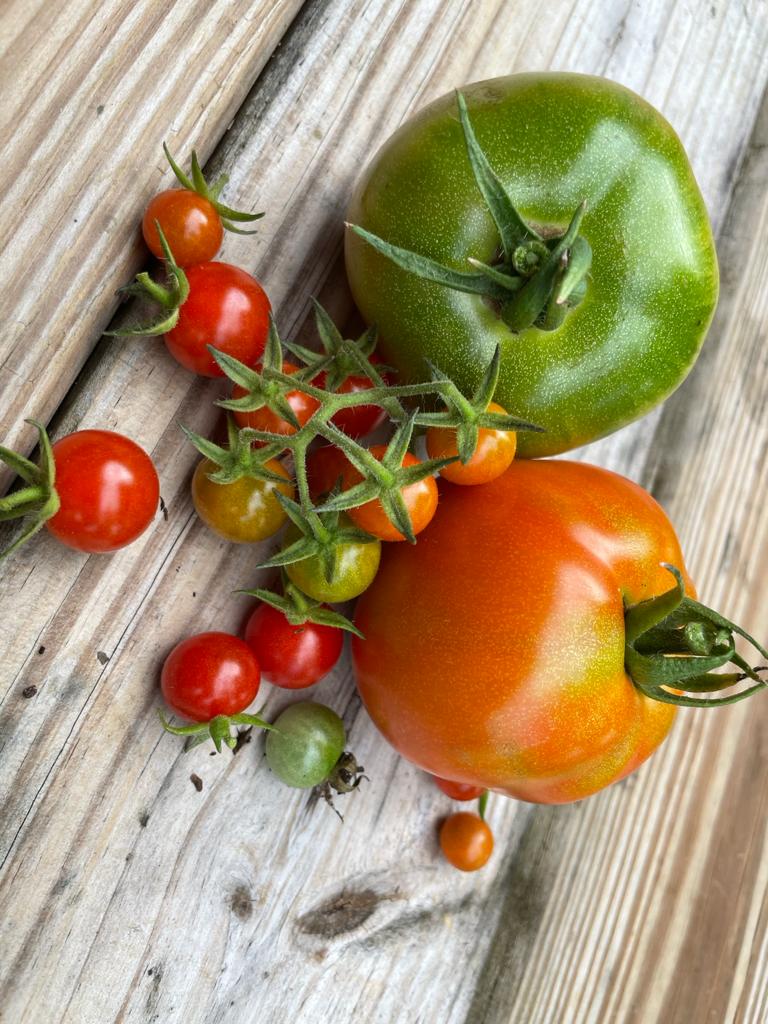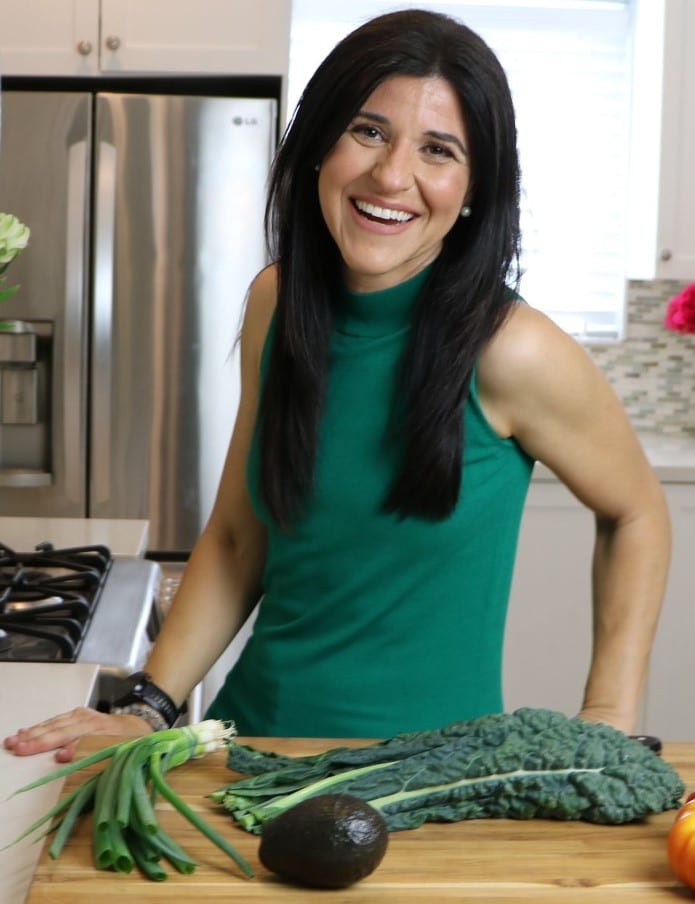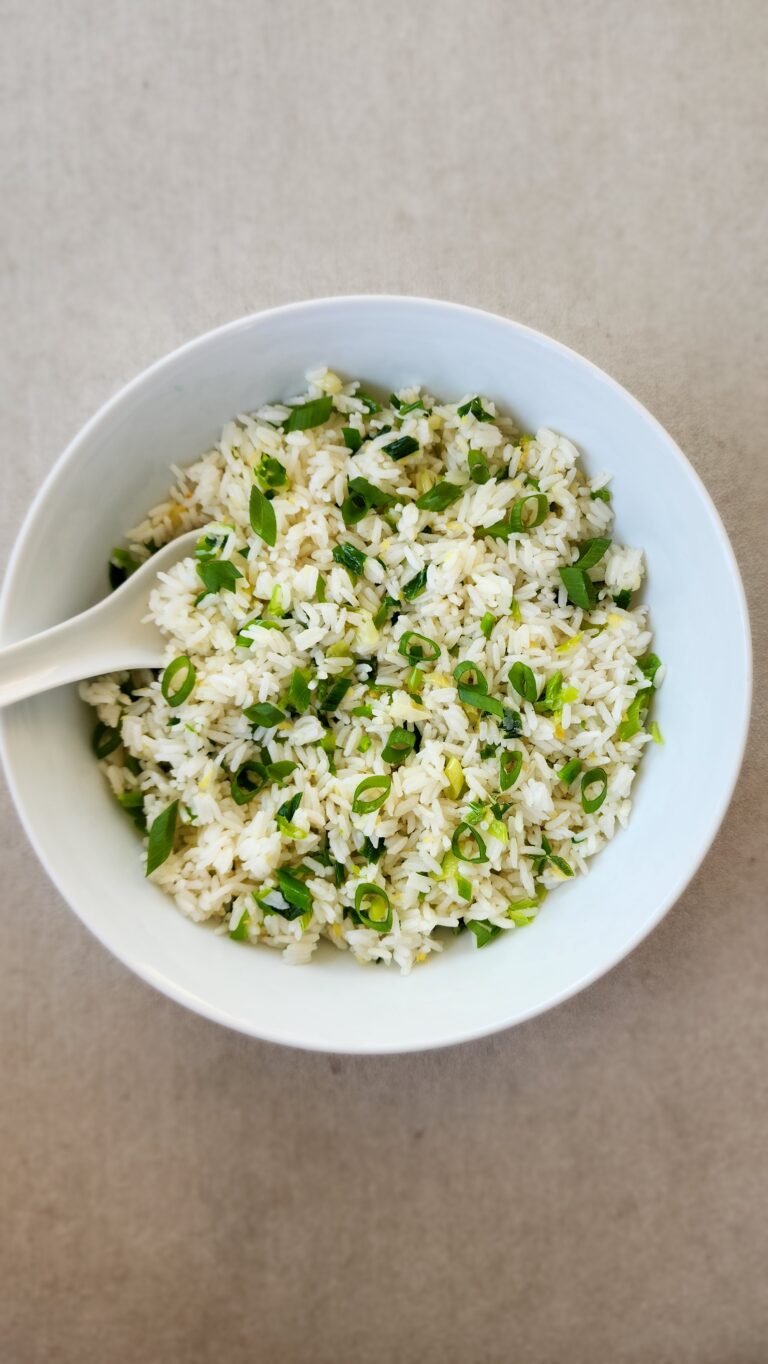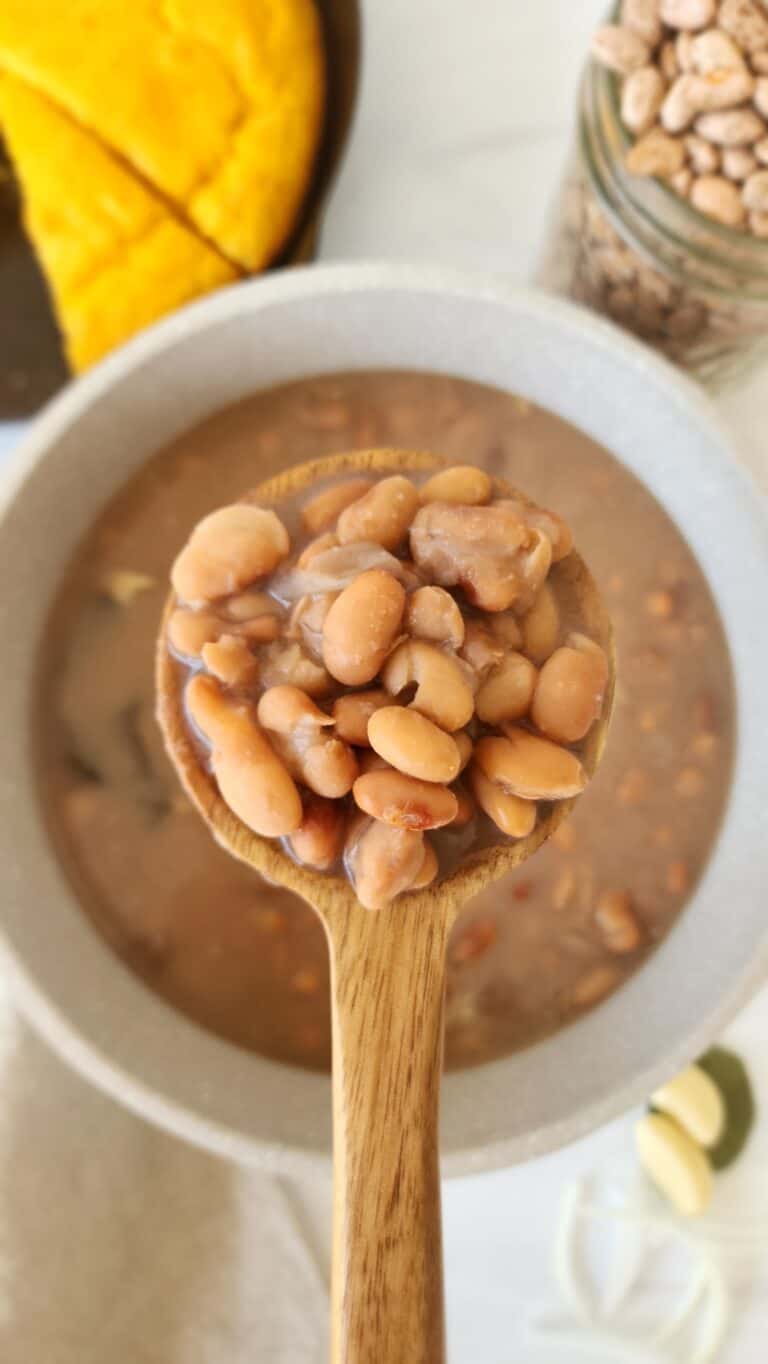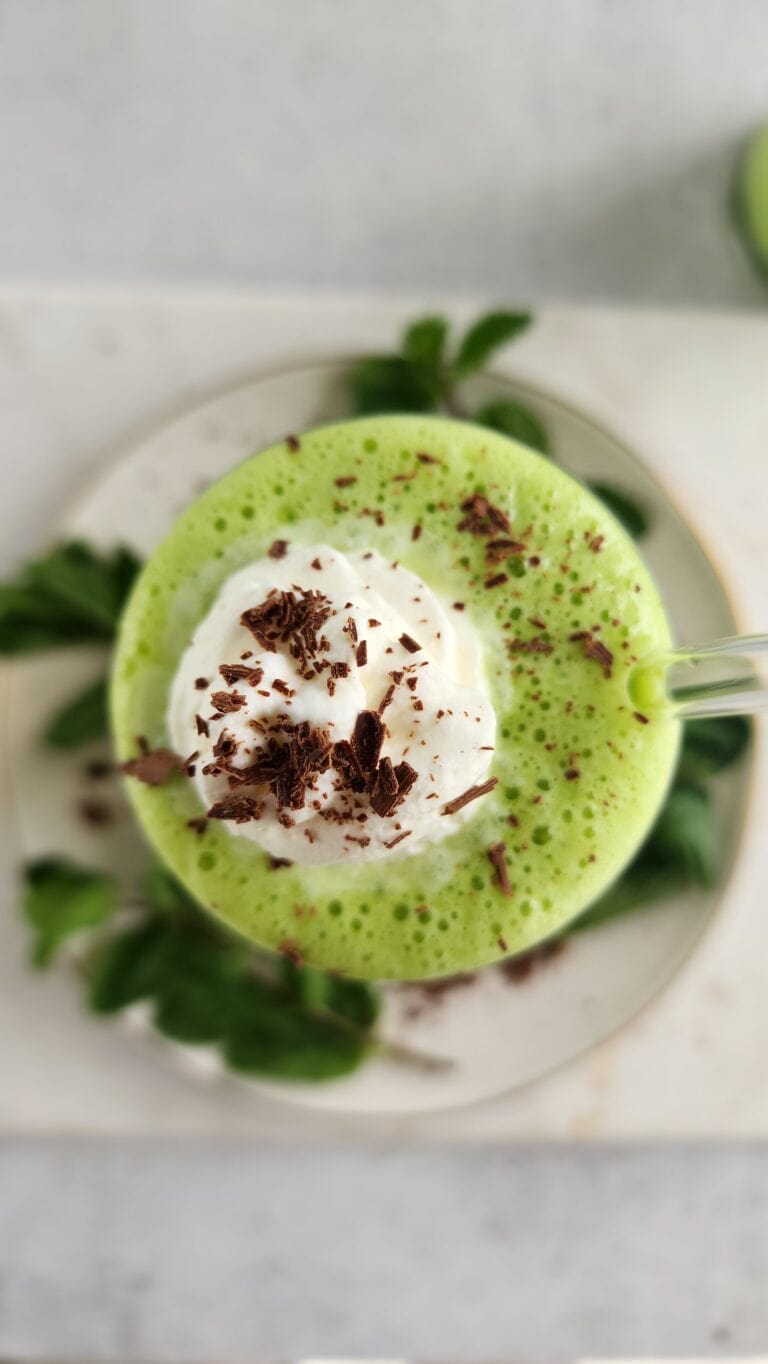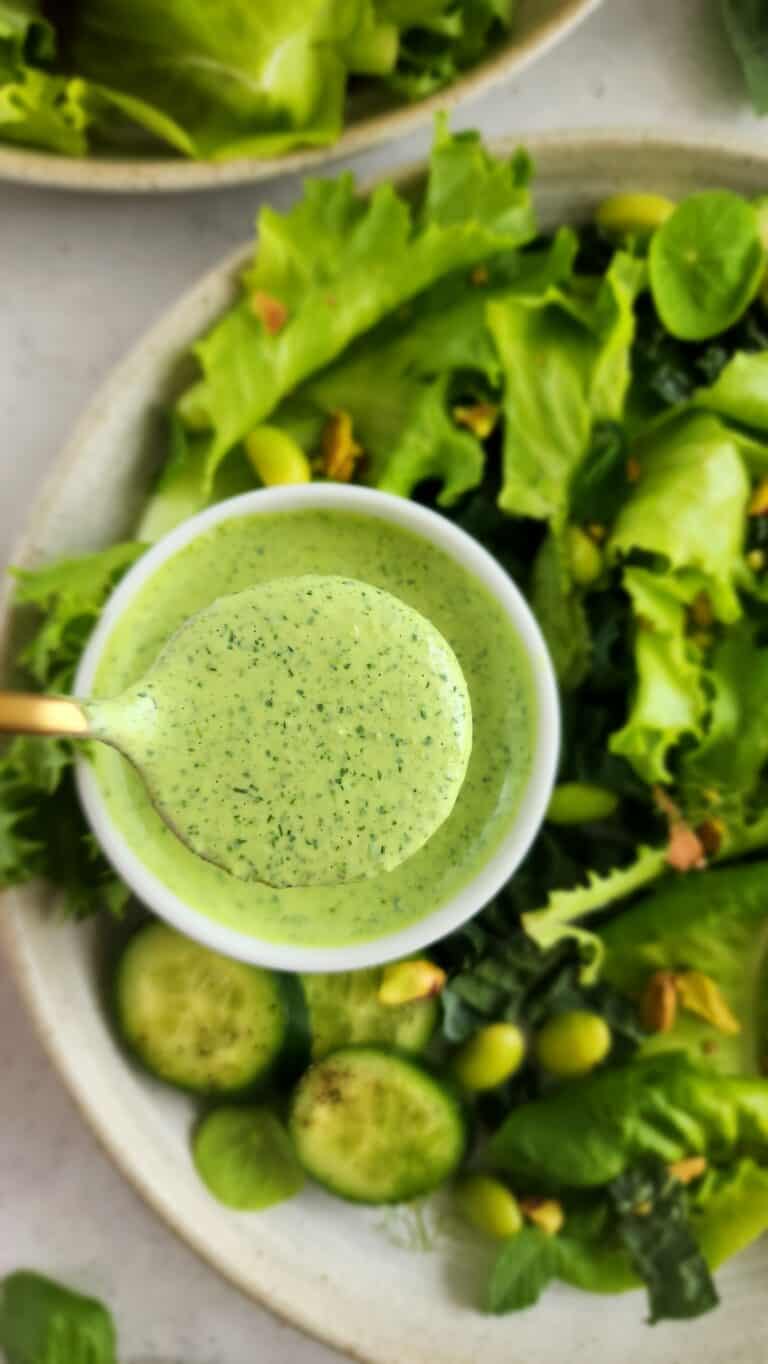What is mindfulness?
Being mindful means paying close attention, being aware or careful, to what’s happening in the moment. Simply put, mindfulness is about being present. It means noticing what’s happening inside your mind and in your body (Your stomach hurts from the thought of having to do your taxes.) And it means being aware of what’s happening around you (Flowers are blooming on your route to work.) When you’re being mindful, the key is not to label or judge what’s happening. Feelings aren’t “good” or “bad”. They just are.
The opposite of mindfulness is being on autopilot – doing things without any thought or consideration. An example of being on autopilot is backing out of your driveway and heading to work on a Saturday when you meant to go to the grocery store.
Here’s how to be mindful when you have a few minutes to yourself (not when you’re driving):
-Pause and focus on your body. Notice what you see and hear. Also, check what you smell, taste, and feel. You acknowledge the sensations, but then let them go.
-Then narrow your focus. What do you feel in your body? Notice those subtle sensations, like an itch or tingling. Give each part of your body a moment of your full attention. Start with your head and move down to your toes.
– Next, be more intent on your breath. Where in your body do you feel it most? Rest your attention there.
-Ask yourself, “How am I in this moment?” Recognize your thoughts and emotions and spend a few moments with them.
-When your mind wanders (oh, and it will), simply return your focus to your breath.
Being mindful helps you notice when you’re on autopilot. It allows you to change what you’re doing in the moment, versus getting upset about it later. We’ve all done it. We sit in front of the TV with a bag of chips. We’re in a trance watching the show and continue to eat. We reach for some more chips and there are no more to grab. Being mindful can help you break free from that autopilot trance and take a moment to make a different choice. You can take out a set amount of chips (versus the whole bag), or you could decide to skip TV and take a walk around the block instead.
Practicing being in the present moment can help one take a step back and better manage stress or even cope with a serious illness. Mindfulness can even help ease anxiety and depression. Those who practice it say they’re able to relax more easily, they have a greater enthusiasm for life, and even feel more self-confident.
Mindfulness can even help you be more fully engaged in activities – which can help you connect more deeply with others (put the cell phones down!)
So how can we be mindful when we eat? Remember being mindful simply means to give full attention to your environment, thoughts, behaviors, and experiences. So here a few tips to help you eat mindfully:
-Inhale and exhale. Slow, deep, even breathing tells the brain stem to put the entire brain into a state of calm. Take five deep in-and-out breaths after you sit down at the table and before you lift your fork.
-Do a gut check to see if you’re really hungry before you eat. We’ve all done it – eating when we’re bored, eating when we’re stressed, or just ordering what we normally order when what we might need is only a snack!
-Focus on each bite, savoring its flavor and texture. Americans usually eat fast, spending just 8 to 11 minutes on each meal. Yet your body needs 20 minutes to register that it’s full. Instead of gulping, take one bite, put your fork down, and chew slowly. Savor every morsel. By taking your time it will make it much easier to tell when you’re full.
-Notice if what you’re saying to yourself is helpful. Remove “good” and “bad” from your food vocabulary. You can’t completely enjoy a piece of cake if you’re telling yourself that it’s bad for you. (I can’t tell you how many times I hear this being said!) There is NO such thing as a bad or wrong food. We need to get rid of the judgmental language around food. When you make your food decisions, try replacing “I should” or “I shouldn’t” with “I choose to.”
-Do another gut check to see how full you are. That way you can stop eating when you feel full instead of mindlessly cleaning your plate and feeling stuffed!
-Enjoy what’s on your plate. Never eat anything you don’t enjoy, and truly enjoy everything you eat. Savor the flavors and textures so that you can begin to understand what mindful eating feels like.
Want to be more present in your daily life? All you need to do is put your mind to it.

